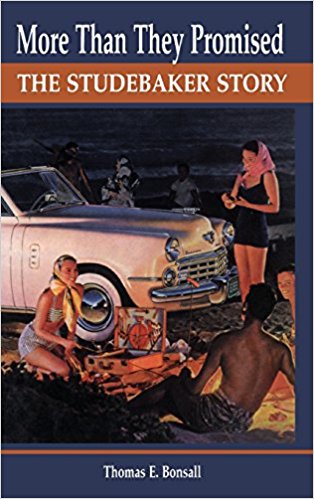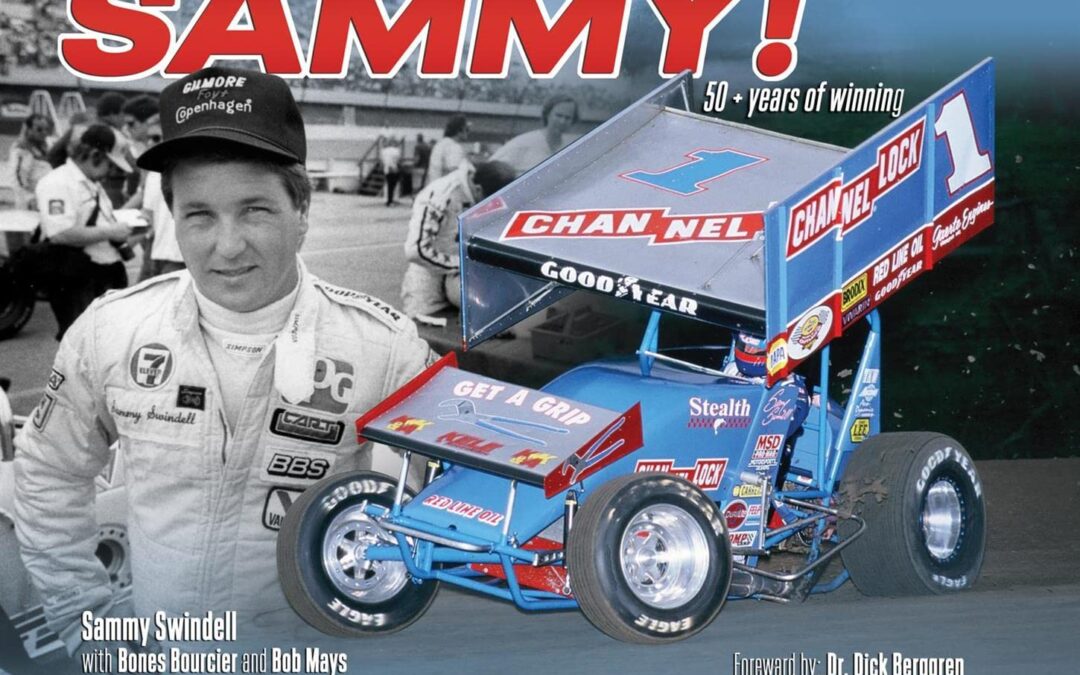
The Riders explores and celebrates the differences and common bonds among motorcyclists around the world via Henry von Wartenberg’s engaging and inviting documentary photography.
Motorcyclists feel a kinship with fellow riders that is not easily explained but runs deeper than choices like bike brand or riding focus. You see it sometimes with a wave of the hand from one lane to the next, with an appreciative nod at a stoplight, or in a U-turn to check on a rider stranded on the roadside.
Motorcyclists make a conscious decision to ride an inherently dangerous device, a machine open to the elements and vagaries of nature. A motorcycle demands a level of attention far greater than a car and consequences for inattention are much graver. On the flip side, riding a motorcycle offers an unmatched sense of freedom, adventure, and involvement.
Von Wartenberg, a long-time rider himself, has traveled the world on a variety of assignments, some motorcycle related and others not. But wherever he was on the planet, he always found a way to connect with fellow riders and document their culture and machines. Over the course of his travels he has photographed riders in more than 30 countries including Bolivia, Austria, Canada, Chile, China, Costa Rica, France, Mongolia, Mexico, Italy, Germany, Iceland, Peru, Spain, the United States, England, and Thailand to name a few.
What emerges on the pages of The Riders is the amazing breadth of the motorcycling world, from outlaw clubs to adventurers to racers to boulevard cruisers to those for whom a motorcycle is the only form of transportation as well a means to make a living.
The Riders is a book sure to be enjoyed by anyone who embraces the two-wheeled world.

This lavishly illustrated book on the famous automobile manufacturer traces the Studebaker family from its arrival in America in 1736, to the beginnings of the wagon business under John M. Studebaker and his brothers in the nineteenth century, to the family’s entry into the automobile industry in 1902, to the last Studebaker automobile to roll off the assembly line in 1966. The book, however, is much more than the story of a family business; it is also, in microcosm, the story of the industrial development of America. The Studebakers had always been industrialists in the sense that they made their living by manufacturing things, albeit on a small scale. When the Industrial Revolution hit the country with full force, spurred on by the Civil War, it transformed America from a rural-agrarian society into an urban-industrial one. The fortunes of the Studebaker family were transformed with it. As the title suggests, the Studebaker story was mostly one of success. Studebaker wagons and carriages were long noted for their quality and popularity, and so, too, were Studebaker automobiles. The 1953 Starliner and the 1963 Avanti, designed under Raymond Loewy’s direction, are widely regarded as among the most innovative examples of American industrial design. The book deals in detail with the soaring prosperity of the company in the 1920s, the bankruptcy and miraculous recovery in the 1930s, the stupendous success of the early post-World War II period, and the eventual decline of the company’s fortunes in the mid-1950s. It describes the development of such famous models as the Lark, Avanti, and Gran Tourisimo Hawk, with special attention paid to the Avanti II, a surprisingly successful spinoff from the dying company that continued to be produced until 1991. The final chapter, on why Studebaker died, is tightly reasoned and more convincing than previous theories. Throughout, the author has used personal incident and characterization to bring to life the rich, tumultuous history of one of America’s longest enduring industrial empires.

“””I am no helmeted, begoggled hero of the skies; picture me bookish, bespectacled, unable to hold even a teacup without rattling it. As a pilot, I am merely an amateur, and I know it. . . . I shouldn’t be talking. But I can’t help talking. For you take the air: the thin, substanceless air that can be made to bear a man; you take America; and you take an airplane, which of all the works of man is the nearest to a living being—you take those things and mix them up, and they will act as a drug which will knock all proper reticence right out of you. And so, here I go talking . . .””—from America from the Air In 1927, Charles Lindbergh made his historic solo flight across the Atlantic; Amelia Earhart became the first woman to do so in 1932. And so was born the golden age of flying. Aviators became the era’s new heroes and the airplane its icon. In early 1930s Chicago, a German-born graduate student became fascinated by the airplane and its usefulness as a great geographic and sociological tool. Wolfgang Langewiesche sold his car and used his meager salary to pay for flying lessons at 25 cents a minute. With the same passion America had taken to the road a decade earlier, Langewiesche took to the air. He eagerly inhaled the landscape and breathed observations about the country, writing a series of books that describe the heady excitement and freedom of flight and the stunning views of his adopted country from an entirely new vantage point—the sky. This new edited volume revives the writings from two of his now out-of-print books. America from the Air draws from Langewiesche’s classic account of his early experiences as a pilot, I’ll Take the High Road (first published in 1939 and praised by the New York Times as “”a stirring and revealing story, told with sensitiveness and lucidity and with the warmth of a modest personal charm””), and selections from his 1951 memoir, A Flier’s World, to create a distinctive book that provides a pioneering look at the American landscape as seen from the cockpit of a light plane. Langewiesche’s photographs from his cross-country flights circa 1939 evoke the era. Wolfgang Langewiesche is revered among pilots for his 1944 flying primer, Stick and Rudder, currently in its seventieth printing. Considered the bible of aviation, it tells us the “”how”” of flying; America from the Air tells us the “”why.”” Here his descriptions of the country offer unique perspectives on New England, the Midwest, and the Atlantic Coast from Virginia to Key West, at a time before the country was paved over by multilane expressways, suburban tract housing, and strip malls. His bird’s-eye view of America takes in small farms, deserted seashores, busy railway lines, and cities in which skyscrapers were still engineering marvels. With the keen eye of a surveyor and an uncommon talent for conveying the physical sensation of flying, he describes landscape in all its beauty and detail as it rolls out beneath him, unveiling its mysteries. Langewiesche is revealed here as an infectiously enthusiastic aviator and an unrivaled observer of the American landscape. In a new foreword, Langewiesche’s son, writer William Langewiesche, describes his father’s love of the view from above. Hokanson and Kratz’s introduction and biography update the reader, incorporating stories gleaned from recent interviews with the author.
”

The book is an adventure story filled with action, romance, humor, comradeship, tragedy, and triumph, that chronicles the early life of my father, his days as a juvenile delinquent, his military service as a decorated fighter pilot in World War I, (in the famous Lafayette Flying Corps), and his trials and tribulations in the Hollywood jungles on the way to directing “WINGS”, the first film to win the Academy Award for Best Picture, and the “Star Wars” of its generation. The book boasts 66 photographs — many never before seen– and Wellman’s heart-wrenching, history-packed letters he wrote from France during World War I.
Wellman went on to direct the films “Public Enemy”, “Call of the Wild”, “Beau Geste”, “Nothing Sacred”, and the original “A Star Is Born”, “The Ox-Bow Incident”, “Battleground”, and “The High and the Mighty”, among many others.
The foreword for the book was contributed by Robert Redford, who writes, “Maverick is a worn term that has been batted around and has described many people over time. For me, William Welllman most authentically fits this description. Feisty, independent, self-taught, and self-made, he earned his stripes as a seeker and adventurer, sure of his passions and his own mind, and not to be trifled with by the authorities who were inherited or never saw the realities of hand-to-hand conflict or earned their way through the experience of real living.”

Not simply a storage unit or holding space for cars, the garage is reconceived in this innovative design book as a “flex” space for family members that can be clean, organized, and functional (and still house cars). Wall organizers, garage cabinets, and an ergonomically designed workbench are among the suggestions described and illustrated through a case study of how one family reinvented their garage from wall to wall and floor to ceiling. Creative ideas for making the garage into a multipurpose room include placing a television on a wall swivel and moving the treadmill into the garage to create a family gym. Feng shui tips, an overview of garage-design trends over the past 100 years, and speculations about how garages will look in the year 2020 provide a revealing perspective on the importance of transforming the dark, dingy cavern in American homes into a bright, desirable living space.

Architect John Parkinson died in 1935, and the Los Angeles Times praised him: “Future generations have only to walk through the streets of Los Angeles to be reminded how much John Parkinson in his lifetime contributed to the city that grew up under his hand.” In Iconic Vision: John Parkinson, Architect of Los Angeles, author Stephen Gee proves that this singular visionary created the look of America’s most dynamic metropolis, long before the world recognized the city’s importance. Consider that among more than four hundred buildings in the City of Angels that carried his architectural imprimatur, John Parkinson designed:
- Los Angeles City Hall, the most iconic building in California, the tower that changed a futuristic city’s skyline forever;
- Bullock’s Wilshire, the towering structure that rivals the Chrysler Building as America’s premier Art Deco edifice;
- Los Angeles Memorial Coliseum, the world’s only modern stadium to host two Olympic Games, 1932 and 1984–and still home to the USC Trojans;
- Los Angeles Union Station, the Mission-Moderne-Art Deco masterpiece that brought together California’s railroads and became a legend before the first trains roared in.
Iconic Vision, the first biography of the master architect, documents–in remarkable detail and images–Parkinson’s monumental contributions to the city he loved. Although other architects’ names have become synonymous with the city, John Parkinson designed more landmark buildings in Los Angeles than any other architect, living or dead. And, while other architects may have taken credit for Parkinson’s designs, Stephen Gee’s penetrating biography establishes the truth. He tells the story of a man who envisioned tomorrow.
Autobooks-Aerobooks 2900 W. Magnolia Blvd. Burbank, CA 91505 (818) 845-0707 Hours: Tuesday-Friday 10:00 AM – 6:00 PM Saturday 10:00 AM – 6:00 PM Closed Sunday and Monday Accept Credit Cards gift cardYES, We have Gift Cards - Click Here AUTOBOOKS IS OPEN...









